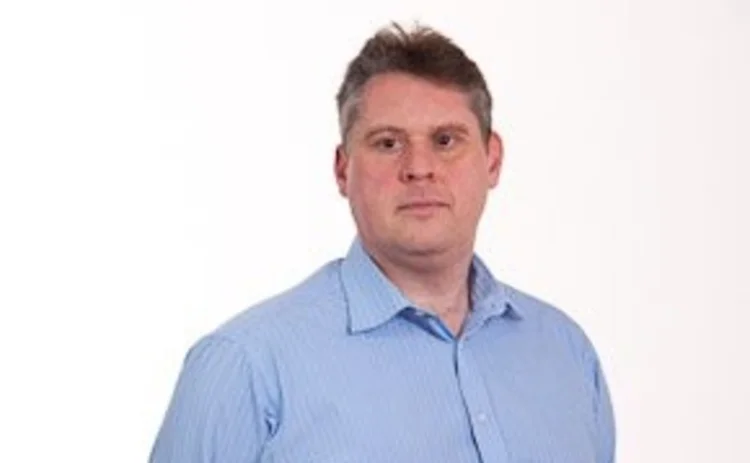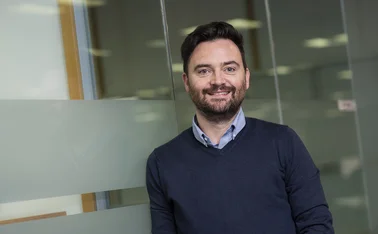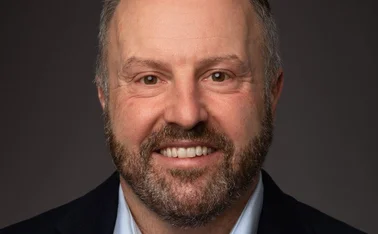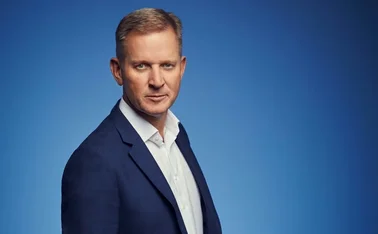
Jeff Hosking (RSA): In the future, "most major losses will have an international aspect"

The best way to handle a major loss is to adopt an outcome-driven approach, says Jeff Hosking, head of major damage claims at RSA. In the future, major losses will increasingly have an international dimension, he predicts, also forecasting that insurers will likely use drones and 3D printing.
What makes a major loss?
A major loss is one that has a significant impact on the day-to-day operation of a company or a householder's life. This may, for example, be in terms of financial income, disturbance to normal family life or the amount of time that needs to be devoted to dealing with its consequences. Insurers tend to allocate a certain financial trigger too, typically a claim costing more than £500,000, and perhaps look at things such as the amount of time the client is expected to be impacted by the event.
There's also the question of what level of expertise is needed to manage the claim, how well equipped the client is to deal with everything and how complex the insurance arrangements are.
Finally, major losses tend to be unique so although the underlying cause of the loss might be common across claims, the impact, and therefore the response required, is individual to the specific risk and customer.
How can you best handle a major loss? Can we define best practices?
There is no single way unfortunately to define best practice as it's impossible to reduce the response to a series of tasks or a common process. However, there are certain principles and an approach that we find works best and it's what I would call an outcome-driven approach.
This starts from understanding what the client's desired outcome is, how this can best be achieved and how it relates to available cover. All too often, insurers jump straight into the reinstatement process. But a major loss can be an opportunity for a business to reassess their future strategy and it may not be the same as it was prior to the loss. Once the desired outcome is agreed, then an approach that borrows from the project management discipline works well with a focus on the critical path, not just of reinstatement but of the whole claim from end to end. This gives everyone involved, including the client, clarity around milestone dates, activity, dependencies and roles.
Communication is crucial throughout the claim and a dedicated claims manager, who involves others with expertise, such as structural engineers or forensic accountants, at the appropriate time but retains ultimate accountability for delivering the outcome and stays with the claim from start to finish is often the best option.
How can different stakeholders communicate and cooperate with one another?
The starting point is to be really clear on who has ultimate responsibility for delivering the correct outcome on the claim. For me, that always has to be the insurer and specifically their claims manager. After that, it is a case of agreeing what level of communication anyone involved wants and with what frequency. For example, some brokers want to be involved in all aspects of their client's claim, whereas others don't want to have any involvement. It is also important that everyone understands their role and how it fits with other parties so that there is no duplication of effort.
The other aspect then comes back to the question of having a plan for delivery that everyone can see and has signed up to. I'm a big fan too of face-to-face meetings and telephone calls, particularly when issues arise, rather than email. At the end of the day, the smooth conclusion of a major loss is heavily influenced by the quality of relationships between all those involved.
Does a claim for a major damage have to be complex?
No, not all major damage claims are complex and likewise not all complex claims involve major damage. It comes down to the nature of the damage and its impact on day-to-day operations. This can be affected by things such as the complexity of the client's inwards and outwards supply chain, the location of the loss, the in-house capability of the client to respond to a major loss and the nature of any affected building amongst other things.
It can also be influenced by the nature of the insurance programme and how many parties are involved. For example, the involvement of excess layers or reinsurers will often add to the complexity for insurers in any major loss, although this will not always be visible to the client.
Some major losses can of course be straightforward, particularly those with easy-to-value damaged property and no reinstatement of buildings or machinery and plant required. In such situations, it should be possible to settle a major loss within a matter of days.
What kind of new technologies does RSA use to handle major damage claims? Is there room for further innovation?
In the insurance industry, technological developments tend to be more incremental improvements and driven by volume claims. However, what can be done in respect of stabilising damaged property from chemical attack after a fire or flood is improving, as too are drying and cleaning techniques.
One area that does hold some prospects for the future is the use of drones for inspecting damaged property where access for people would be difficult or dangerous. I have used this to survey a severely damaged country house and also a wind turbine and I think that this is something that we will see more of in the future. The other interesting area is the use of virtual design and 3D printing to build models of replacement equipment and buildings prior to starting any replacement work.
More generally, what lies ahead?
Major losses are always going to be with us, even allowing for improvements in risk control. One of the big challenges I see ahead is the availability of technical claims skills. Major loss claims are generally handled by a small pool of people across the industry whether they are insurers or adjusters. Hopefully, apprenticeships and the CII New Generation programme will help develop a new generation of technical talent.
The other thing that I envisage is that most major losses will have an international aspect to them as supply chains take on a more international dimension with goods for even smaller companies being sourced from, or supplied to, overseas countries. This will bring with it more challenges around sourcing replacement property, exchange rates and jurisdiction.
On a positive note, I see the industry as improving its approach to major losses and being more focused on learning from losses and encouraging loss prevention, as well as continuing to provide that certainty to clients in their time of need.
Jeff Hosking is taking part in The Claims Event on 8 October 2015 in London. Find out more about the programme.
Only users who have a paid subscription or are part of a corporate subscription are able to print or copy content.
To access these options, along with all other subscription benefits, please contact info@postonline.co.uk or view our subscription options here: http://subscriptions.postonline.co.uk/subscribe
You are currently unable to print this content. Please contact info@postonline.co.uk to find out more.
You are currently unable to copy this content. Please contact info@postonline.co.uk to find out more.
Copyright Infopro Digital Limited. All rights reserved.
You may share this content using our article tools. Printing this content is for the sole use of the Authorised User (named subscriber), as outlined in our terms and conditions - https://www.infopro-insight.com/terms-conditions/insight-subscriptions/
If you would like to purchase additional rights please email info@postonline.co.uk
Copyright Infopro Digital Limited. All rights reserved.
You may share this content using our article tools. Copying this content is for the sole use of the Authorised User (named subscriber), as outlined in our terms and conditions - https://www.infopro-insight.com/terms-conditions/insight-subscriptions/
If you would like to purchase additional rights please email info@postonline.co.uk
Most read
- Covéa shrinks staff numbers by almost a third amid further losses
- DLG or Esure – which Peter Wood baby is most likely to bounce back?
- Aviva CEO warns home insurance premiums need to go up








